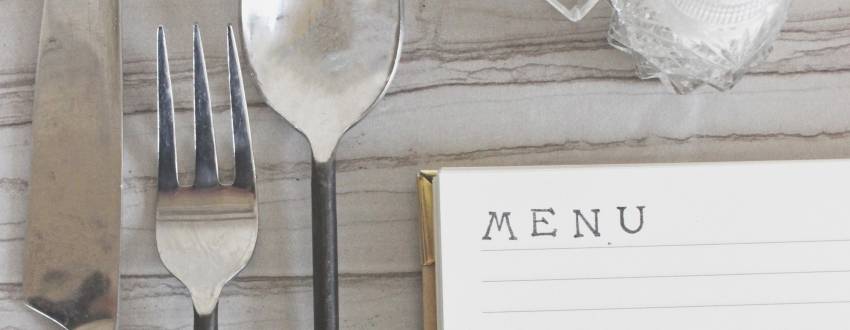At Family Table, we make it our business to interact with our readers on a regular basis. We love answering questions and discussing ideas to make our product better, and we’ve met some really great people along the way! Amid the questions to help locate “that chicken recipe you ran years ago that I used to always make”, requests to make Family Table more adventurous, more basic, less basic, give more supper recipes, or more breakfast recipes, around yom tov time, everyone wants the same thing.
How do you create the perfectly balanced yom tov menus and meals? There actually is a technique to it, and we want to share it with you! There’s a lot to think about, but we think we have it down to a science. Here are my Tips To Stress Free Menu Planning. Use the extra time you’re about to save to pamper yourself with a five minute break to read your favorite Mishpacha serial installment!

1. Menu plan, then clean.
Before you move any more couches, or clear out any more cabinets, MAKE YOUR MENU. You’d be surprised at how calming it is to have this done way in advance. If you follow Julie Hausers method, ‘Pesach While You Sleep’, you can actually get a lot done in these days leading up to Pesach, even if it’s only one new 9×13 stashed away per day. You certainly don’t want to be stuck with pans and pans of Pesach food after Pesach, so try to plan as accurately as you can!

2. Where to start.
I always start with the main, then work my way out. If I’m making a heavy meat main, I’ll do a lighter appetizer. Chicken or fish works well for this. Then, depending on the main flavor profile of the main, I’ll work out the sides.

3. Plan your side dishes.
I usually do three sides, a white, a green and an orange, (or colorful). If the main is sweet, it usually pairs well with a sweet side, like a corned beef with a sweet sauce paired with some glazed carrots.
4. Salads and desserts are interchangeable, as far as flavor profiles.
Try serving a light dessert (like something fruity and refreshing) after a lighter meal. We understand how people are with their chocolate desserts. If you must have chocolate, take this tip as a suggestion, not a rule.

5. The Number Game.
The million-dollar question. How much to prep. Jewish Ladies: do not get carried away. Unless you want loads of leftovers, there’s no arguing with planning.
* Salad: ¾ cup of lettuce per person, with is equivalent to 2 oz shredded lettuce
* Meat: usually the common yield is ½ lb per person. However, if you are serving an appetizer, soup, salad and other sides, you should figure 1/3 lb per person
* Poultry: if you are serving chicken alongside your meat, treat it like you would a side dish. A few of your guests might choose this instead of the meat option, but if it’s not taking center stage on your table, don’t make too much of it.
* Anything potato based: one medium potato or a ½ lb per person. (side note: for a Chulent, figure ½ potato per person)
* Fish: For salmon specifically, 2-3 oz. per plated appetizer
* Dessert: Ice cream: ½ gallon container will serve 6-8 people; figure about 2 cookies per person

6. First to last.
Think ahead, double a batch, and spread it out over the course of the holiday to avoid food boredom. For instance, buy a slightly larger roast than necessary, and use the leftovers to create an appetizer for the last days. Like this or this.
Most importantly, remember to enjoy. Although we may not be with as many family members and friends as we would’ve liked this year, try to make it relaxing and enjoyable for yourself anyway. Putting a few minutes into planning will help you to achieve that.







Reviews